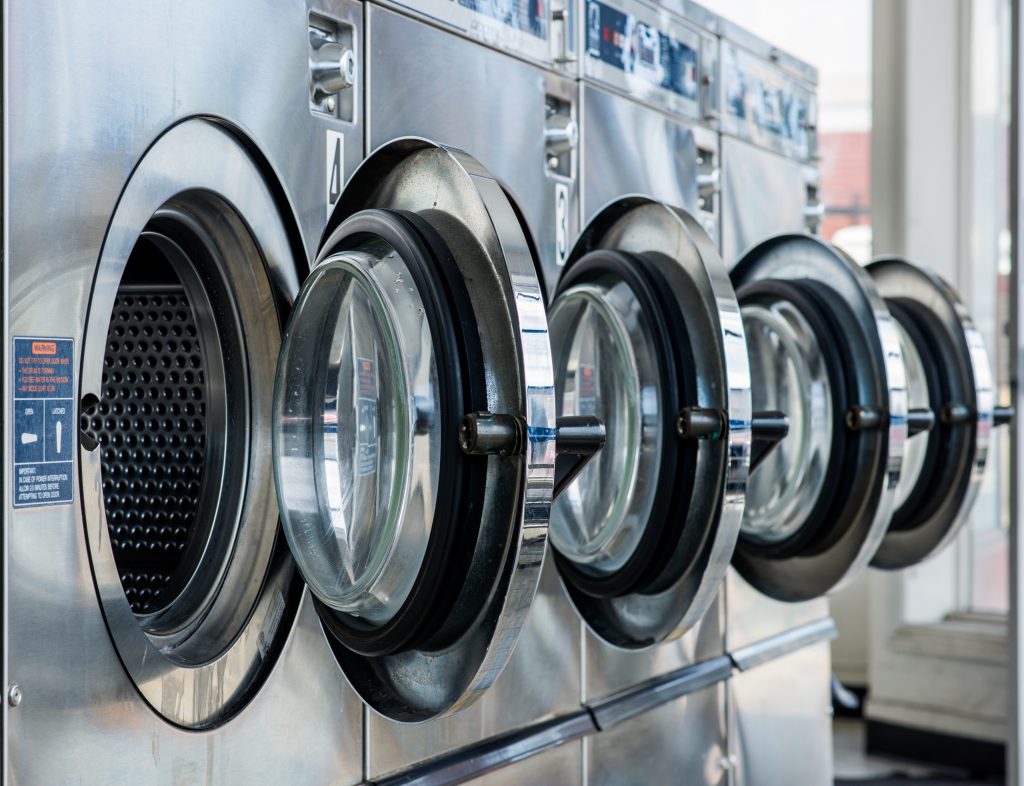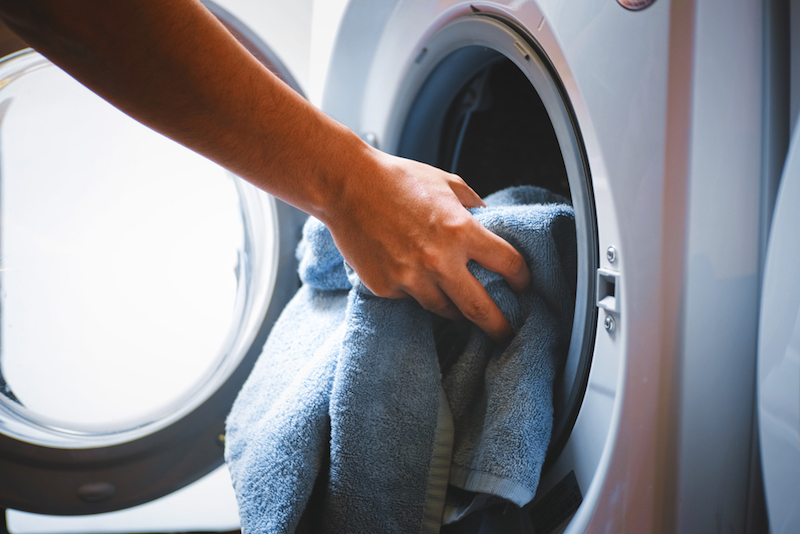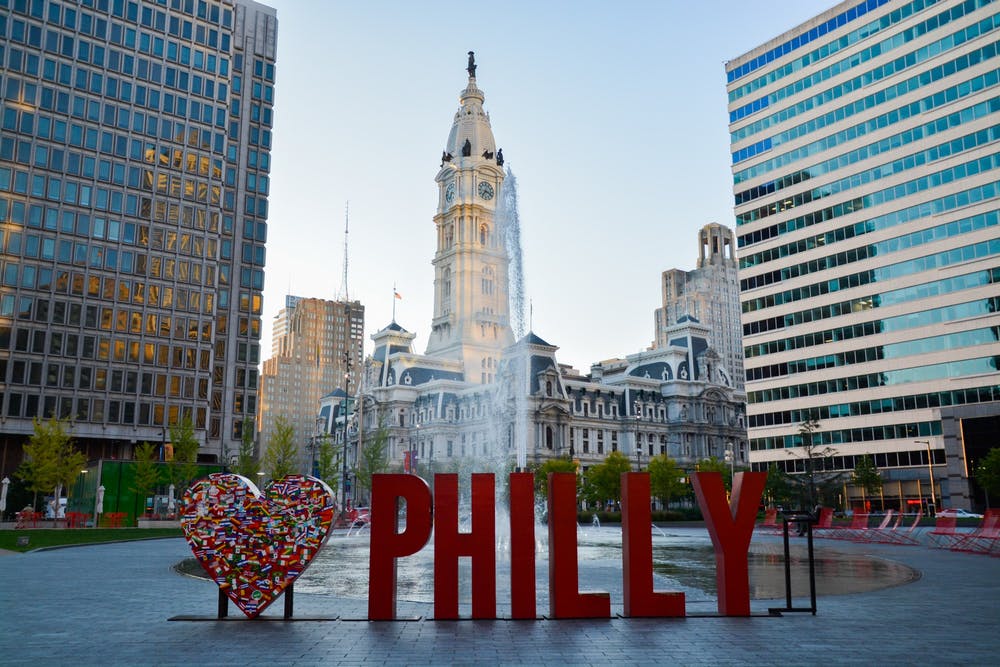
Dry Cleaning Guidelines For Dry Cleaners
Dry cleaning has been around for almost two centuries. Its inventor, Thomas Jennings, patented the technique in 1821. In the early days, the process used petroleum or chlorine based solvents, which were dangerous and flammable. In the early 1930s, the practice shifted to tetrachloroethylene/perchloroethylene, which was less flammable and compatible with most fabrics. Today, dry cleaning is a highly specialized service.
In the District of Columbia, dry cleaners must adhere to EPA air quality regulations

There are three categories: indoor air pollution, outdoor pollution, and water vapor emissions. They must also maintain equipment and PERC controls. The process may be more complicated than it seems, but the end result is the same: clean clothes that look their best. Regardless of where you do business, the first step in cleaning garments is to know the proper care for your fabric. Fortunately, there are plenty of guidelines for dry cleaners to follow.
If you’re operating a dry cleaning business in the District of Columbia, you must comply with the EPA’s air quality regulations. The EPA rules fall into three categories: determining the appropriate amount of cleaning agent, maintaining equipment and PERC controls, and maintaining records of purchases and maintenance. For more information, consult the EPA’s website or other resources. For more information, see the following list of common dry cleaning mistakes.
PERC is a chemical that can be harmful to workers

In the US, PERC is regulated by the Occupational Safety and Health Administration (OSHA). The EPA has set limits of 100 ppm for full-shift exposure (8 hours TWA), and 200 ppm for the ceiling. In the European Union, however, the standards are lower than those set by OSHA, at 20 ppm for an eight-hour TWA and 40 PP for 15-minute TWA. Finally, the California Air Resources Board (CARB) established the Non-Toxic Dry Cleaning Incentive Program (AB998) in 2003.
EPA air quality regulations for dry cleaning companies in the District of Columbia include requirements for maintaining equipment, implementing PERC controls, and maintaining records of purchases and maintenance. These regulations are essential for the health and safety of both the consumer and the industry. EPA regulations are designed to protect both your health and the environment. They are not difficult to follow. The only exception is that the requirements vary by state. This is why it’s important to know your local rules.
As with any industry, air quality regulations are essential to a successful dry cleaning business. The EPA has established a standard for ensuring the quality of air in the District of Columbia and the safety of people and the environment. Hence, the EPA has issued guidelines for dry cleaning in various jurisdictions. The EPA also regulates the use of PERC controls in the District of Columbia. Moreover, the EPA is aware of the fact that organic solvents have less toxic effects on the environment than conventional chemicals.
You May Also Like

The Benefits of Dry Cleaning Services
April 3, 2022